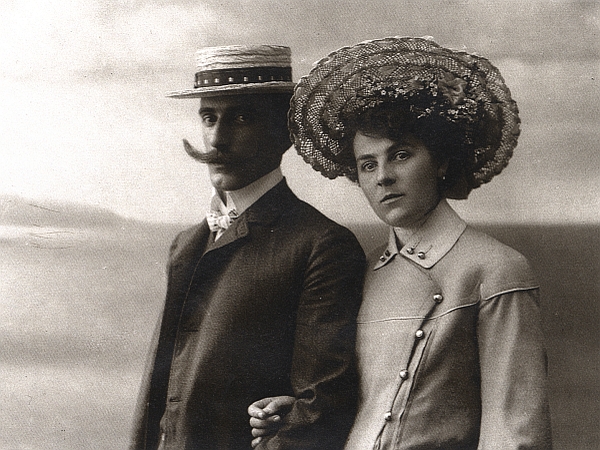
A raffle prize helped Avgust Berthold to become one of Slovenia’s best-known photographers of all time. During his relatively brief career, he managed to elevate Slovenian photography into an art form.
Berthold was born in 1880 in a mansion near the town of Škofja Loka. Even though his family belonged to the wealthy, property-owning upper class, Berthold’s childhood was far from idyllic; both of his parents died at a young age.
As an adolescent, Berthold developed a passion for the arts. He befriended the famed painter Rihard Jakopič and even attended Anton Ažbe’s famous art school, which the Slovenian artist had established in Munich. Throughout his youth, Berthold had acquired a familiarity with impressionism and a love for photography. The twin passion would go on to shape his later career.
In his early twenties, Berthold caught a lucky break. He – along with a relative-- won the top prize at a raffle and the money allowed him to build a house with a photography studio in 1905. The facility was the most modern in all of the Slovenian lands.
The studio set Berthold on a path of remarkable creativity, and he quickly earned a reputation for artistic photography. His portraits and landscapes were often highly impressionistic. Like the best painters of the era, he managed to capture the changing light through the day and from season to season. One of his photos – of a sower – inspired a famous painting by the Slovenian Impressionist Ivan Grohar. Berthold received a number of important prizes in countries as far away as Belgium and Norway.
An eternal experimenter and tinkerer, Berthold even devised his own X-ray machine. In the days of World War I, when demand for conventional studio photography decreased, Berthold used his machine to diagnose wounded soldiers from the front.
X-ray technology at the time was dangerous. Even though it’s not known if it affected Berthold directly, his health began to decline and he died in 1919 at the age of 39.
Recently, his pioneering work has been rediscovered in Slovenia. An exhibition of his work was followed by a television documentary, which introduced a wide audience to the man who used photography to see what many cannot.

































































